
Photo by Huha Inc.
Have you ever heard of Keto plateau. Weight loss naturally slows down after the initial rapid water loss phase—and that’s completely normal. While you might lose 4-8 pounds in the first month (mostly water weight), expect a gradual slowdown to 1-3 pounds of pure fat loss monthly as your body adapts.
This metabolic adjustment happens because your now-smaller body burns fewer calories, while hormonal changes like decreased leptin increase hunger signals. Rather than drastic measures, focus on recalculating your macros for your current weight, prioritizing protein (0.8-1g per pound), incorporating intermittent fasting, and managing stress/sleep.
Remember: the scale doesn’t tell the full story—track measurements, energy levels, and how clothes fit. Sustainable fat loss is a marathon, not a sprint, and slower losses typically mean you’re preserving precious muscle mass.
(“Is your keto weight loss slowing down? Learn why this normal metabolic adaptation happens and science-backed ways to keep progressing without extreme measures.”)
✅ Normalizes the process – Explains why slowdowns happen
✅ Provides realistic expectations – Gives pound benchmarks
✅ Offers solutions – Science-backed adjustments
✅ Encouraging tone – Focuses on non-scale victories
The Frustration of Slowing Progress
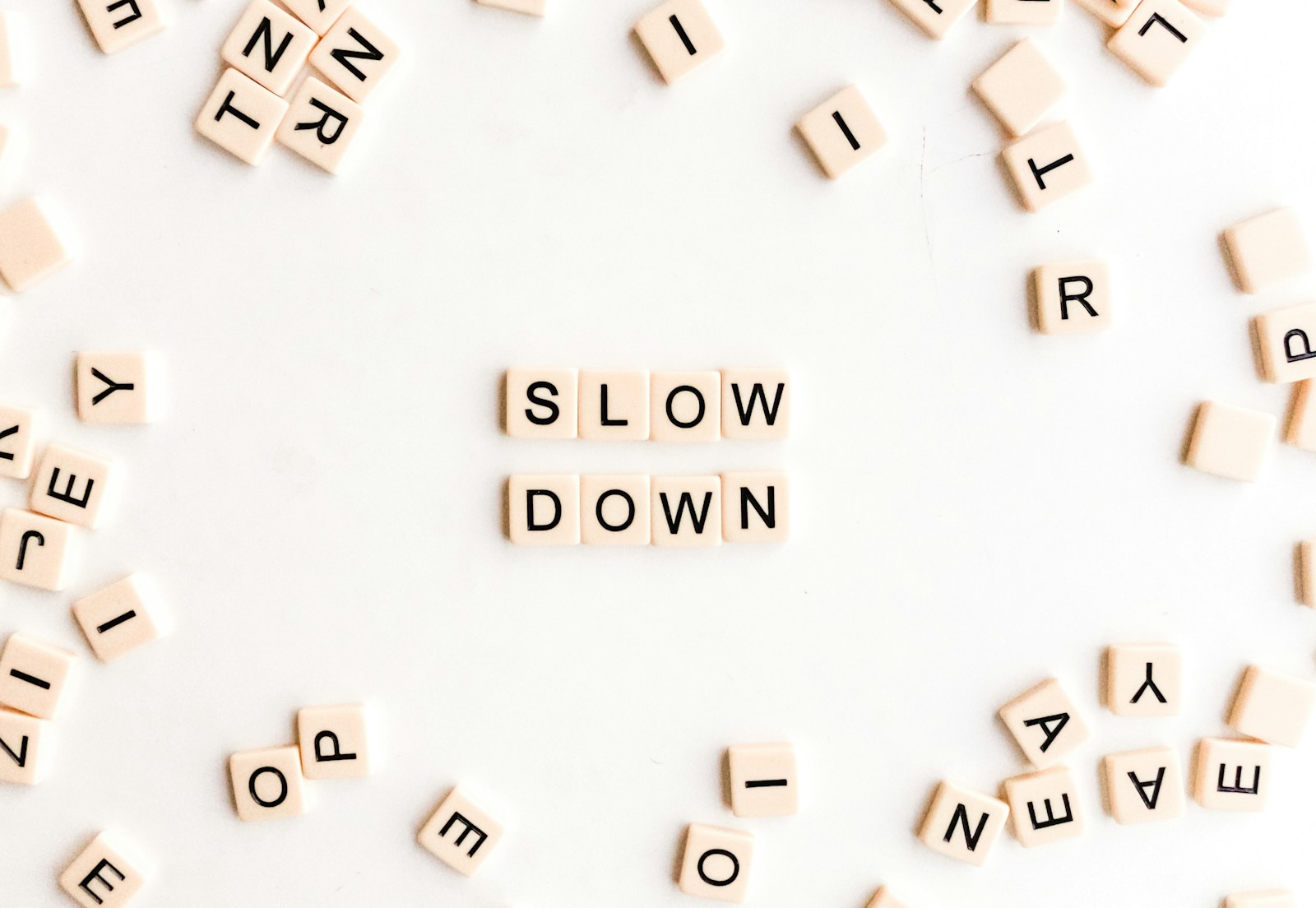
You started keto, and at first, the weight seemed to melt off. But now? The scale hasn’t moved in weeks.
Sound familiar? You’re not alone.
This slowdown doesn’t mean keto stopped working—it means your body is adjusting. Let’s demystify what’s really happening:
Why Weight Loss Slows Down
- Water Weight vs. Fat Loss
- The initial drop was mostly water (carbs hold 3g water per 1g glycogen).
- Now, you’re losing actual fat—which is slower but more meaningful.
- Metabolic Adaptation
- As you lose weight, your body needs fewer calories (a smaller engine burns less fuel).
- This is normal—not a “stall,” just a new phase.
- Hidden Variables
- Are you eating more nuts or keto treats without realizing?
- Has stress or sleep changed?
Is Weight Loss Stall Normal?
✅ Yes. Rapid loss at the start is expected to taper.
🚩 But if it’s been 4+ weeks with zero change, it’s time to troubleshoot.
Next: We’ll dive into exactly how to kickstart progress again—without extreme measures.
Quick Question: How long have you been on keto, and when did you notice the slowdown? (Helps us tailor advice!)
(P.S. If you’re panicking—don’t. Plateaus are fixable.)
What’s Realistic Weight Loss on Keto?

When you start keto, the scale can drop shockingly fast—but that’s not all fat. Here’s what to actually expect over time.
Phase 1: The “Whoosh” (Weeks 1–2)
- What’s happening: Your body dumps stored glycogen (carbs bound to water).
- Typical loss: 5–10 lbs (mostly water weight).
- Don’t panic when this slows! It was never pure fat loss.
Phase 2: Steady Fat Loss (Week 3 Onward)
Now the real work begins. Healthy averages:
- 1–2 lbs/week – If you have significant weight to lose.
- 0.5–1 lb/week – If you’re closer to your goal weight.
- Even slower – For women over 40, hormonal imbalances, or metabolic damage.
Example: A 250-lb man might lose 15 lbs in Month 1 (mostly water), then 6–8 lbs/month after. A 150-lb woman might lose 3–4 lbs/month.
Why Plateaus Happen (And Aren’t Forever)
- Your body resets. It fights to keep energy stores (fat) during prolonged deficits.
- Water masks fat loss. You might be losing inches without scale changes.
- Metabolism adapts. Smaller body = fewer calories burned at rest.
Fixable triggers: Hidden carbs, sneaky calories (nuts, dairy), poor sleep, or stress.
When to Worry
🚩 No loss for 4+ weeks (and no non-scale wins like looser clothes).
🚩 Gaining weight (likely overeating keto fats).
Otherwise? Trust the process.
Why Your Fat Loss Has Slowed (And How to Fix It)
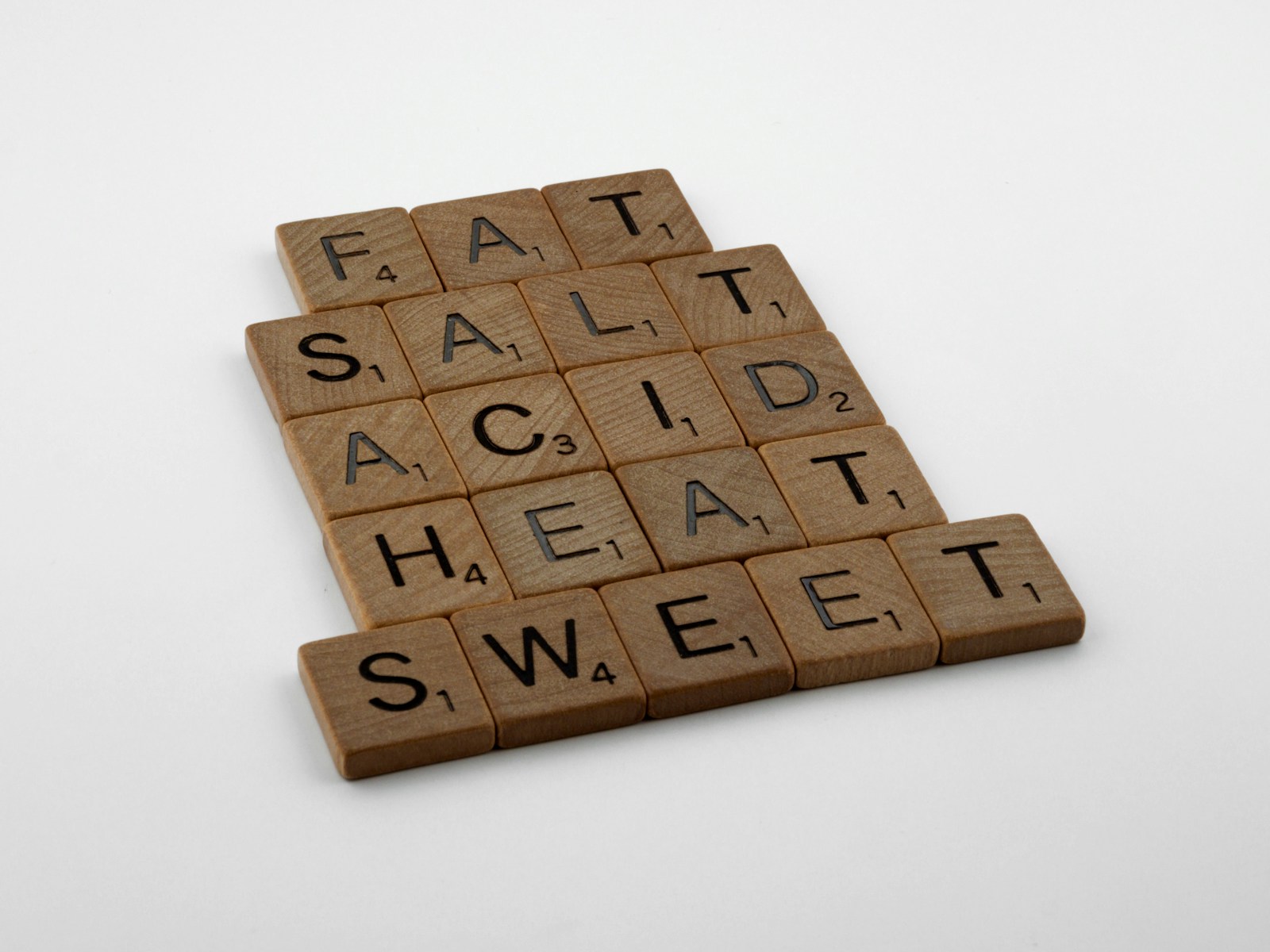
That frustrating plateau? It’s rarely about keto “not working”—it’s usually one of these sneaky culprits. Let’s troubleshoot.
- “You’re Eating More Than You Think”
- Hidden calories creep in via:
- Nuts/seeds (easy to overeat—a handful of almonds = 200+ calories).
- Keto treats (fat bombs, “low-carb” bars often pack calories).
- Cheese and heavy cream (delicious but dense).
- Fix:
- Track macros honestly for 3 days (apps like Cronometer help).
- Measure portions (e.g., weigh nut servings).
📌 Related: How to Track Progress on Keto (Beyond the Scale)
- Hidden Carbs Are Adding Up
- Common offenders:
- Sauces (ketchup, BBQ, dressings).
- “Keto-friendly” products (some have sneaky fillers).
- Vegetables (yes, onions and tomatoes count!).
- Fix:
- Stick to whole foods.
- Check labels for maltitol, tapioca starch, etc.
- You’re Not in Ketosis Anymore
- Why? Carb creep, too much protein (for some), or artificial sweeteners spiking insulin.
- Fix:
- Test ketones (blood meter > urine strips).
- Recalculate macros if weight has changed.
- Your Body Has Adapted (And That’s Normal)
- Metabolic slowdown happens to everyone.
- Smaller body = fewer calories burned.
- Keto’s initial “metabolic advantage” levels out.
- Fix:
- Adjust calories slightly (or add movement).
- Try intermittent fasting.
- Stress and Sleep Are Sabotaging You
- High cortisol = stubborn fat storage.
- Poor sleep.
- Overtraining.
- Emotional stress.
- Fix:
- Prioritize 7–9 hours of sleep.
- Swap HIIT for walking/yoga if stressed.
- You’re Not Moving Enough
- Keto alone can lead to muscle loss if sedentary.
- Fix:
- Add resistance training (even bodyweight).
- Walk daily (it’s keto’s best companion).
- Hormones Need Attention (Especially for Women)
- Thyroid, estrogen, and cortisol shifts can stall loss.
- Fix:
- Check electrolytes (low sodium worsens cortisol).
- Consider carb cycling if long-term keto.
The Good News? All Are Fixable.
Start with #1 (tracking) and #5 (sleep/stress)—they’re the most common plateau-busters.
Next Up: “7 Ways to Break a Keto Plateau”
Which of these surprised you? Or have you already spotted your issue? Let’s chat below! 👇
ak a Keto Plateau—Without Starving
Thoughts? Has your loss slowed? What’s helped you push through? Share below! 💬
Your Metabolism Adapted—Here’s What That Really Means
That slowdown in weight loss? It’s not just in your head. As you shrink, your body naturally burns fewer calories—but that doesn’t mean keto stopped working. Let’s break it down.
Why Your Metabolism Slows on Keto (Or Any Diet)
- You’re Literally Smaller Now
- Basic math: A lighter body requires fewer calories to function.
- Example: A 200-lb person burns ~300 fewer daily calories than a 250-lb person doing the same activities.
- What to do:
- Recalculate your macros every 10–15 lbs lost.
- Adaptive Thermogenesis (“Starvation Mode” Lite)
- What happens:
- Prolonged calorie deficits trigger subtle metabolic slowdown (your body’s survival instinct).
- Studies show metabolic rate can drop 5–15% during weight loss (American Journal of Clinical Nutrition).
- What to do:
- Reverse dieting: Gradually increase calories by 50–100/week to reset metabolism.
- Diet breaks: 1–2 weeks at maintenance calories every few months.
- Less NEAT (Non-Exercise Activity Thermogenesis)
- Unconscious movement decreases:
- Fidgeting, standing, walking—all burn fewer calories as you lose weight.
- What to do:
- Track steps (aim for 8K–10K/day).
- Stand more (use a desk riser).
Keto-Specific Factors
- Initial water loss masked fat loss: Now you’re seeing the real (slower) rate.
- Muscle loss if sedentary: Muscle burns more calories than fat—preserve it with protein + strength training.
How to Outsmart Metabolic Adaptation
✅ Lift weights 3x/week (muscle = metabolic insurance).
✅ Cycle calories (e.g., 3 weeks deficit, 1 week maintenance).
✅ Prioritize protein (1g per lb of lean mass to protect muscle).
✅ Stay patient (healthy fat loss is slow after the first month).
📌 Remember: A plateau is 3+ weeks with zero scale or inch loss—anything less is normal fluctuation.
Next Up: “The Truth About ‘Starvation Mode’ on Keto”
Ever noticed your energy/calorie needs change as you lose? Share your experience below! 👇
Why Women Hit More Plateaus (And How to Fix Them)

Weight loss isn’t just calories in/out—it’s a hormonal conversation. For women especially, thyroid, cortisol, and insulin imbalances can slam the brakes on fat loss. Here’s what’s happening and how to work with your body.
The 3 Key Hormones That Affect Keto Weight Loss
-
Thyroid (Your Metabolic Thermostat)
- What goes wrong:
- Long-term very low-carb diets can suppress T3 (active thyroid hormone) in some people.
- Symptoms: Fatigue, cold hands/feet, hair loss, stubborn weight.
- Fix:
- Test, don’t guess: Get labs (TSH, free T3, reverse T3).
- Try carb cycling: 1–2 higher-carb days (50–80g) per week to signal “no famine here.”
- Prioritize selenium + zinc (brazil nuts, oysters) for thyroid support.
-
Cortisol (The Stress Hormone)
- What goes wrong:
- Chronic stress (even keto stress!) raises cortisol → tells body to hold fat (especially belly fat).
- Symptoms: Wired-but-tired, poor sleep, mid-section weight.
- Fix:
- Swap HIIT for walking/yoga if stressed.
- Salt your water (low sodium = higher cortisol).
- Sleep 7–9 hours (non-negotiable).
-
Insulin (The Fat-Storage Switch)
- What goes wrong:
- Even on keto, too much protein (for some) or artificial sweeteners can spike insulin.
- Symptoms: Hunger/cravings post-meals, slow loss despite low carbs.
- Fix:
- Pair carbs with fat/fiber (e.g., berries + cream, not solo).
- Try glucose monitoring (cheap finger-prick tests show your personal triggers).
Why Women Struggle More Than Men
- Estrogen dominance: High estrogen = easier fat storage (especially hips/thighs).
- Fix: Cruciferous veggies (broccoli, kale) to help detox excess estrogen.
- Monthly cycles: Luteal phase (post-ovulation) = higher cravings, insulin resistance.
- Fix: More magnesium + healthy fats during this week.
The Golden Rules for Hormonal Fat Loss
- Carbs aren’t the enemy—timing matters. Try cycle-syncing carbs (more during luteal phase).
- More stress = stricter electrolytes. Sodium/potassium blunt cortisol.
- Muscle is your ally. Lift weights to improve insulin sensitivity.
📌 Ladies: If you’re doing everything right but still stuck, get these labs:
- Thyroid panel (TSH, free T3, reverse T3)
- Fasting insulin
- DUTCH hormone test (for cortisol patterns)
Next Up: “Keto for Women: How to Adjust Macros for Your Cycle”
Sound familiar? Which hormone do you think is your biggest blocker? Drop it below! 👇
Why the Scale Slows Down (And Why That’s Okay)

That rapid weight loss at the start of keto? Mostly water. Now comes the real work—fat loss. Here’s what’s actually happening in your body.
The Two Phases of Keto Weight Loss
Phase 1: Water Weight Whoosh (First 1–2 Weeks)
- What’s happening:
- For every 1g of glycogen (stored carbs) you burn, you lose 3g of water.
- This is why keto beginners often drop 5–10 lbs fast—it’s not pure fat.
- What it means:
- Don’t panic when this slows! It was never sustainable loss.
Phase 2: The Fat Loss Grind (Weeks 3+)
- Now you’re burning real fat—which is slower but more meaningful.
- Healthy averages:
- 1–2 lbs/week if you have significant weight to lose.
- 0.5–1 lb/week if you’re closer to your goal weight.
- Even slower for women over 40 (thanks, hormones).
Example: A 250-lb man might lose 15 lbs in Month 1 (mostly water), then 6–8 lbs/month after. A 150-lb woman might lose 3–4 lbs/month.
Why the Scale Lies (And What to Track Instead)
- Water fluctuations hide fat loss. You might be losing inches but not pounds.
- Better progress markers:
- Measurements (waist, hips, thighs).
- How clothes fit.
- Energy levels + sleep quality.
📌 Pro tip: Take progress photos—they often show changes the scale misses.
What Now? Stay the Course.
- Trust the process. Fat loss isn’t linear.
- Recheck your macros if weight has changed.
- Focus on non-scale wins (better mood, stable energy).
Next Up: “How to Break a Keto Plateau (Without Cheating)”
Ever noticed your clothes loosening even when the scale stalls? Tell us below! 👇
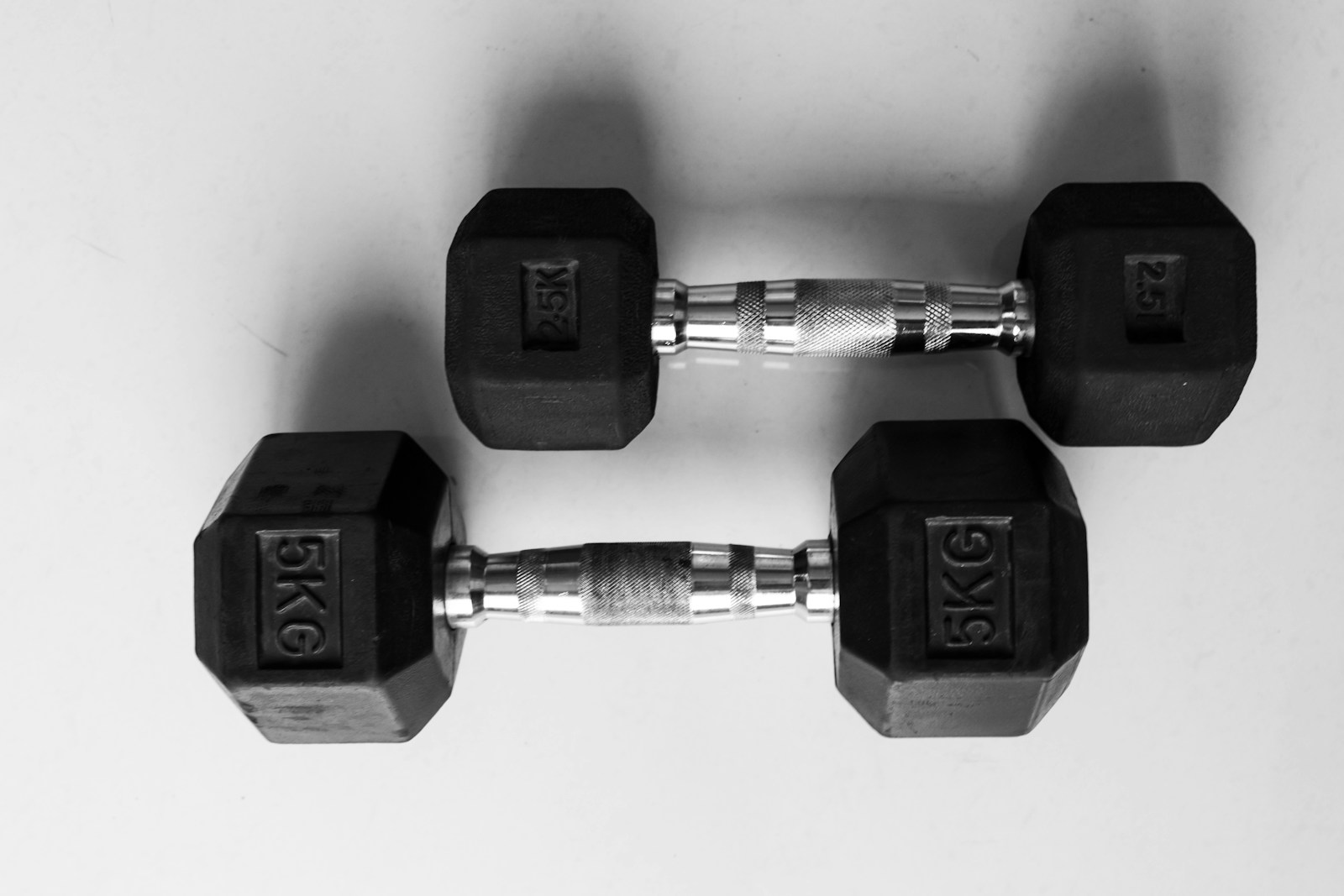 Why the Scale Isn’t Telling the Full Story
Why the Scale Isn’t Telling the Full Story
That stubborn number on the scale might be hiding your real progress. If you’re exercising on keto, especially strength training, your body could be undergoing recomposition—losing fat while gaining muscle. Here’s what that means for you.
Why the Scale Stalls (Even When You’re Getting Leaner)
- Muscle is Denser Than Fat
- 1 lb of muscle takes up less space than 1 lb of fat.
- Result: You look leaner and clothes fit better—even if the scale hasn’t budged.
- Newbie Gains Are Real
- If you’re new to strength training, your body can build muscle while in a calorie deficit (thank you, keto’s protein-sparing effect!).
- Example: A study in Obesity found keto + resistance training led to more fat loss and muscle retention than keto alone.
- Water Retention Masks Fat Loss
- Intense workouts cause temporary inflammation (water retention in muscles).
- Fix: Compare monthly averages, not daily weigh-ins.
How to Track Progress Beyond the Scale
✅ Take measurements (waist, hips, arms)—muscle growth changes your shape.
✅ Progress photos (lighting/angles matter!).
✅ Strength gains (lifting heavier? That’s muscle!).
✅ Clothing fit (tight pants loosening? That’s fat loss!).
📌 Related: Exercise and Keto: Do You Need It to Lose Weight?
What Should You Do Now?
- Keep lifting! Muscle boosts metabolism long-term.
- Ignore the scale for 2–4 weeks—focus on how you feel/look.
- Eat enough protein (0.8–1g per lb of goal weight to support muscle).
Remember: The scale is just one tool. If you’re stronger, leaner, and more energized—you’re winning.
Have you experienced body recomposition on keto? Share your non-scale victories below!
Stress, Sleep, and Cortisol: The Hidden Weight-Loss Killers on Keto
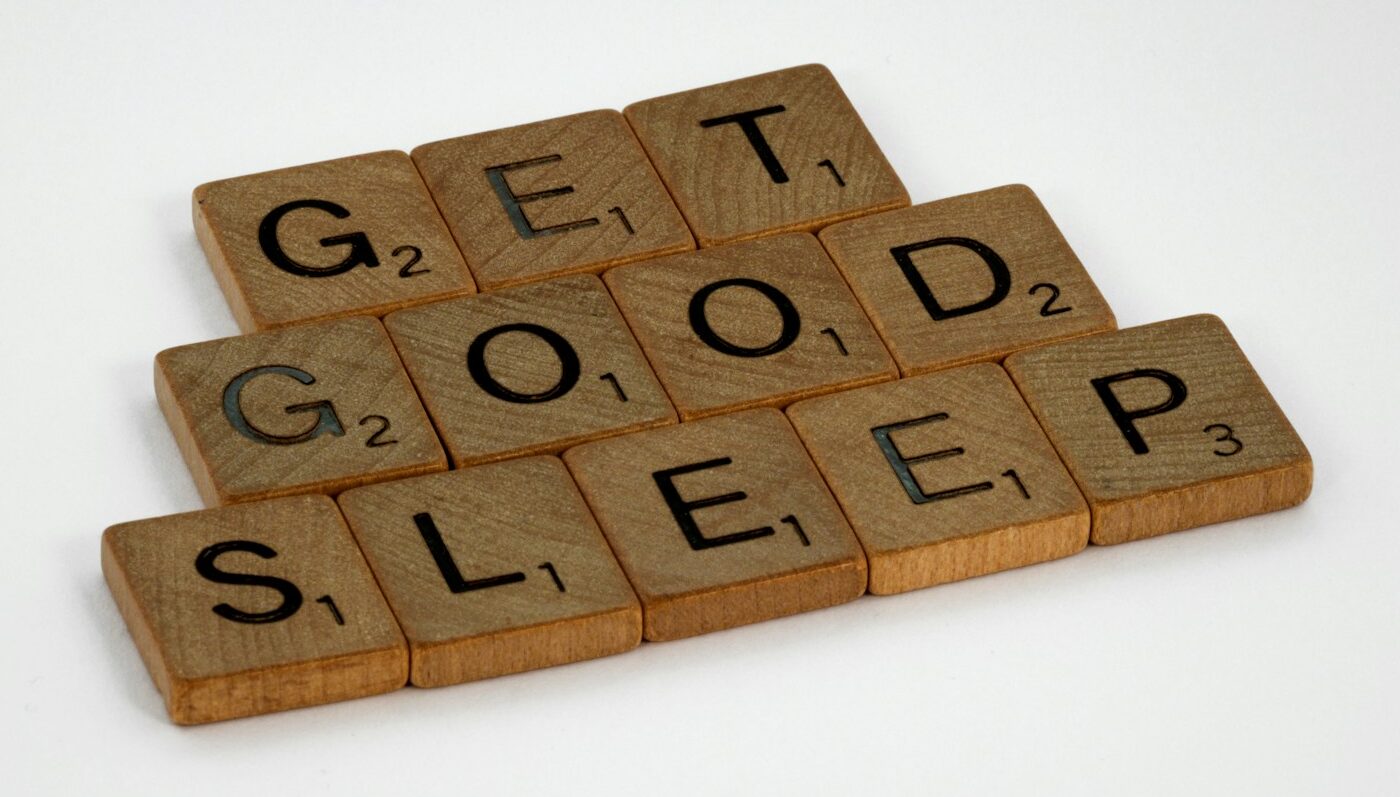
You’re eating clean, staying low-carb, and exercising—yet the scale won’t budge. Could stress, poor sleep, or cortisol be sabotaging your progress? Absolutely. Here’s how to fix it.
How Stress and Sleep Wreck Your Fat Loss
- Cortisol: The Fat-Storage Hormone
- What happens: Chronic stress (even from under-eating or over-exercising) raises cortisol, which:
- Slows metabolism (your body hoards energy).
- Triggers water retention (hello, bloating and scale spikes).
- Increases cravings (especially for salty/fatty foods).
- Fix:
- Walk more, HIIT less (gentle movement lowers cortisol).
- Try adaptogens (ashwagandha, rhodiola).
- Sip electrolyte water (low sodium = higher cortisol).
- Poor Sleep = Hunger Hormone Chaos
- Just one bad night:
- Raises ghrelin (hunger hormone).
- Lowers leptin (fullness hormone).
- Drops willpower (making keto treats harder to resist).
- Fix:
- Prioritize 7–9 hours (non-negotiable for fat loss).
- No screens 1 hour before bed (blue light disrupts melatonin).
- Try magnesium glycinate (calms the nervous system).
- The Vicious Cycle
Stress → Poor sleep → Higher cortisol → More cravings → More stress…
Break it by:
- Morning sunlight (resets circadian rhythm).
- Breathwork (5-min box breathing lowers cortisol fast).
Signs Cortisol Is Your Problem
- Stubborn belly fat (cortisol loves visceral fat).
- Waking at 3 AM (stress hormone surge).
- Feeling wired but tired.
The Fix? “Stress Less” Isn’t Enough.
Do this instead:
✅ Swap intense workouts for walking/yoga (if stressed).
✅ Eat enough calories (undereating = more cortisol).
✅ Get daylight early (regulates cortisol rhythm).
✅ Hydrate with electrolytes (sodium/potassium blunt stress responses).
📌 Pro tip: Track sleep (Oura/Whoop) and stress (HRV monitoring). Data beats guessing.
Next Up: “Keto Adaptogens: Herbs to Lower Stress & Boost Fat Loss”
Sound familiar? What’s your biggest stress/sleep challenge? Share below—let’s troubleshoot! 😴👇
Breaking Through Your Body’s Set Point on Keto
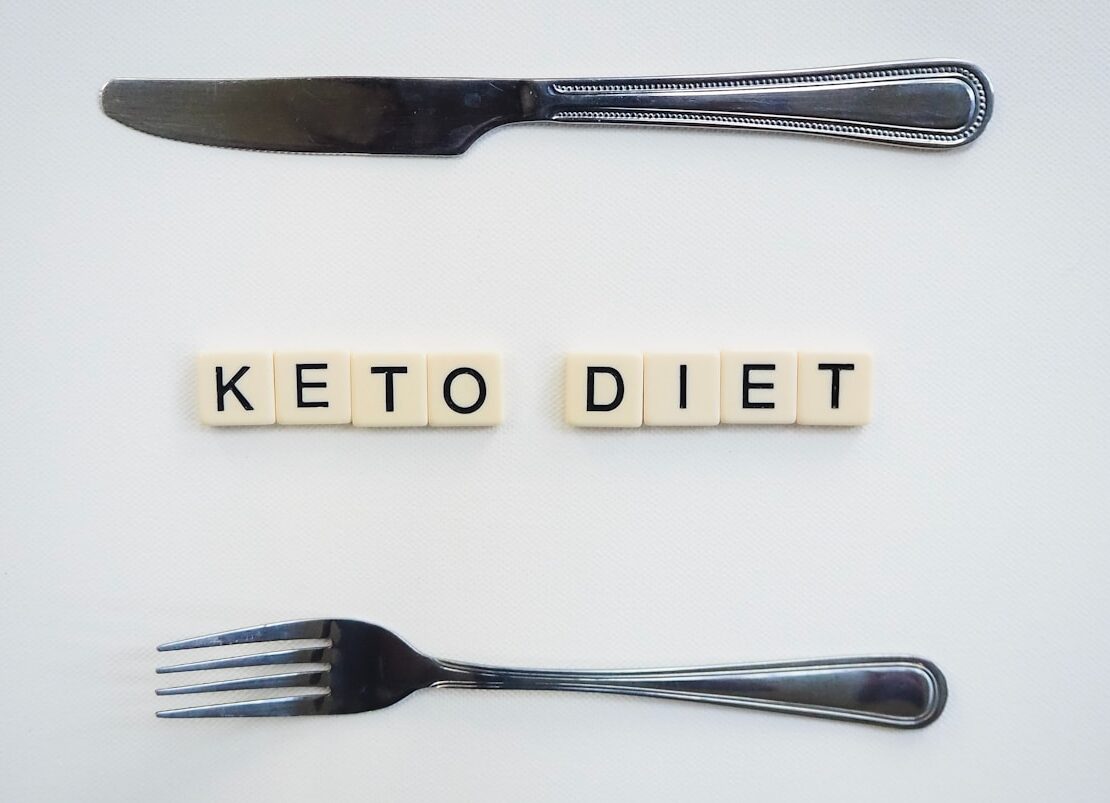
You’ve been losing weight steadily, but now progress has stalled—no matter how perfectly you stick to keto. This could be your body fighting to stay at its current set point weight. Here’s what that means and how to push past it.
What Is a Set Point?
Your set point is the weight range your body naturally defends through hormones, metabolism, and hunger signals. When you lose fat, your body may:
- Slow metabolism (burn fewer calories at rest).
- Increase hunger hormones (ghrelin) to regain lost weight.
- Decrease fullness hormones (leptin) to encourage eating.
This is normal—but not permanent.
How to Reset Your Set Point on Keto
- Reverse Dieting (Temporarily Eat More)
- Why? A short calorie increase can:
- Rebalance leptin and thyroid hormones.
- Restore metabolic rate.
- How?
- Increase calories by 100–200/day for 1–2 weeks (focus on fats).
- Then return to a deficit.
- Carb Cycling (Strategic Refeeds)
- Why? Controlled carb-ups can:
- Temporarily boost leptin (your “fullness” hormone).
- Reset metabolic flexibility.
- How?
- Add 1 higher-carb day per week (50–80g from sweet potatoes, berries).
- Strength Training (Muscle = Metabolic Insurance)
- Why? Muscle burns more calories than fat, even at rest.
- How?
- Lift weights 2–3x/week (even bodyweight exercises help).
- Intermittent Fasting (Autophagy + Fat-Burning Boost)
- Why? Longer fasting windows help overcome metabolic resistance.
- How?
- Try 14–16 hour fasts daily, or one 24-hour fast weekly.
- Patience (Let Your Body Adjust)
- Fat loss isn’t linear. Plateaus of 2–4 weeks are normal before another “whoosh.”
- Non-scale victories matter: Better sleep, energy, and measurements.
When to Consider Maintenance
If you’ve been in a deficit for 3+ months, take 2–4 weeks at maintenance calories to:
- Lower stress hormones.
- Reset metabolism.
- Mentally recharge.
5 Signs You’re Still Winning on Keto
- Your Clothes Fit Differently
- What’s happening: You’re losing inches (body recomposition—fat loss + muscle gain).
- Try this: Measure waist, hips, and thighs monthly.
- Energy and Mood Are Steadier
- No more 3 PM crashes? That’s stabilized blood sugar.
- Feeling calmer? Keto reduces inflammation, which affects mood.
- Digestion Improves
- Less bloating, more regularity? Fewer processed carbs = happier gut.
- Skin Clears Up
- Fewer breakouts? Lower insulin = less acne-triggering oil production.
- Cravings Disappear
- No more sugar obsession? That’s metabolic flexibility—your body prefers fat now.
What to Do Next
✅ Track these wins (journal or photos).
✅ Ignore the scale for 2–4 weeks (focus on how you feel).
✅ Recheck macros (if nothing is changing).
📌 Need better ways to measure progress?
👉 How to Track Progress on Keto (Beyond the Scale)
Which non-scale victory surprised you most? Tell us below! 👇
When to Worry About Your Keto Progress (And What to Do Next)

Keto plateaus are normal—but some red flags mean it’s time to troubleshoot. Here’s how to know if you need to adjust your approach.
🚩 4 Signs You Should Reassess Your Keto Plan
- You’re GainingWeight (Not Just Stalling)
- Why it happens:
- Hidden carbs/calories (keto snacks, nuts, dairy).
- Too much fat without a calorie deficit.
- Fix:
- Track macros strictly for 1–2 weeks.
- Cut back on keto treats and nut butters.
📌 Need macro help? Keto Macros for Fat Loss: A Beginner’s Guide
- Constant Fatigue or Hair Loss
- Why it happens:
- Electrolyte imbalance (low sodium/magnesium).
- Protein deficiency (hair loss = lack of amino acids).
- Over-restriction (too few calories long-term).
- Fix:
- Drink ketoade (water + salt + potassium).
- Eat 1g protein per pound of goal weight.
- Try a diet break (1–2 weeks at maintenance calories).
- No Body Changes for 6+ Weeks
- Not even measurements, photos, or strength? Possible issues:
- Metabolic adaptation (body adjusted to your deficit).
- Muscle loss (if not strength training).
- Fix:
- Reverse diet (increase calories slightly for 2 weeks).
- Start lifting weights (even bodyweight exercises).
- Digestive Issues or New Food Sensitivities
- Why it happens:
- High dairy or artificial sweeteners causing bloating.
- Lack of fiber from veggies.
- Fix:
- Try a dairy-free or low-FODMAP keto experiment.
- Add fermented foods (sauerkraut, kimchi).
When to See a Doctor
- Thyroid issues? Get tested (TSH, free T3, reverse T3).
- Extreme fatigue? Check iron/B12 (common on keto).
Breaking Through a Keto Plateau: Smart Adjustments That Work
Stuck on keto? Don’t panic—small, strategic tweaks can restart fat loss. Here’s your step-by-step plan.
- Recalculate Your Macros
- Why? Losing weight means you need fewer calories now.
- How?
- Use a keto macro calculator (input your current weight).
- Reduce calories by 5–10% if you’ve stalled.
- Prioritize protein (1g per pound of goal weight).
📌 Need help? Keto Macros for Fat Loss: A Beginner’s Guide
- Track Strictly for 1–2 Weeks
- Common hidden issues:
- Nuts, cheese, or keto treats adding excess calories.
- Sneaky carbs in sauces or processed foods.
- Fix:
- Weigh/log everything (even oils and dressings).
- Try meal prepping to avoid guesswork.
- Experiment with Fasting
- Options:
- 16:8 intermittent fasting (eat within an 8-hour window).
- 24-hour fast 1x/week (dinner to dinner).
- Why? Fasting boosts fat-burning hormones (growth hormone, norepinephrine).
- Try Carb Cycling (If Fat-Adapted)
- For who? Long-term keto folks (3+ months) with no progress.
- How?
- Add 1 higher-carb day (50–80g from sweet potatoes/berries).
- Time carbs around workouts for energy.
- Move More (But Differently)
- If sedentary: Start walking 8K steps/day.
- If already active: Swap cardio for strength training (muscle burns more fat).
- Reverse Dieting (If You’ve Been Eating Too Low)
- Signs you need it:
- Constant fatigue.
- Hair loss.
- No loss for 3+ months despite perfect tracking.
- How?
- Increase calories by 100–150/week until at maintenance.
- Hold for 2–4 weeks, then cut again.
- Sleep and Stress Check
- Poor sleep = higher cortisol = fat storage.
- Fix:
- Aim for 7–9 hours.
- Try magnesium glycinate before bed.
When to Expect Changes
- Give adjustments 2–4 weeks before reassessing.
- If still stuck, check:
- Thyroid/hormones.
- Food sensitivities (dairy, artificial sweeteners).
📌 Detailed help: How to Break a Weight Loss Stall on Keto
Which adjustment will you try first? Or have you fixed a plateau before? Share your tips below! 👇
Fat Loss Is a Marathon, Not a Sprint
That “perfect” downward-sloping weight loss graph? It doesn’t exist. Real progress looks more like a rollercoaster—rapid drops, frustrating plateaus, and unexpected whooshes. Here’s how to stay sane and successful.
- Plateaus Are Normal (Even Necessary)
Your body adapts to protect itself—it doesn’t know you want to lose fat. A stall means:
- You’re losing fat but holding water.
- Your metabolism is recalibrating.
- You’re building muscle (if lifting).
Trust the process. The scale will catch up.
- Consistency > Perfection
- Did you eat keto 90% of the time? That’s winning.
- Slipped up? Just resume—no guilt, no “starting over.”
- Focus on habits, not daily numbers.
- How to Know You’re On Track
✅ Energy is stable (no crashes).
✅ Cravings are down (sugar doesn’t control you).
✅ Clothes fit better (even if the scale is stuck).
If these are true, you’re succeeding—no matter what the scale says.
- When to Tweak vs. When to Wait
- Tweak if: No changes anywhere (scale, measurements, energy) for 4+ weeks.
- Wait if: You’re feeling better but the scale is frozen (water/hormones fluctuate).
- The Big Picture
Health isn’t just weight loss. Keto gives you:
- Mental clarity.
- Better sleep.
- Freedom from cravings.




